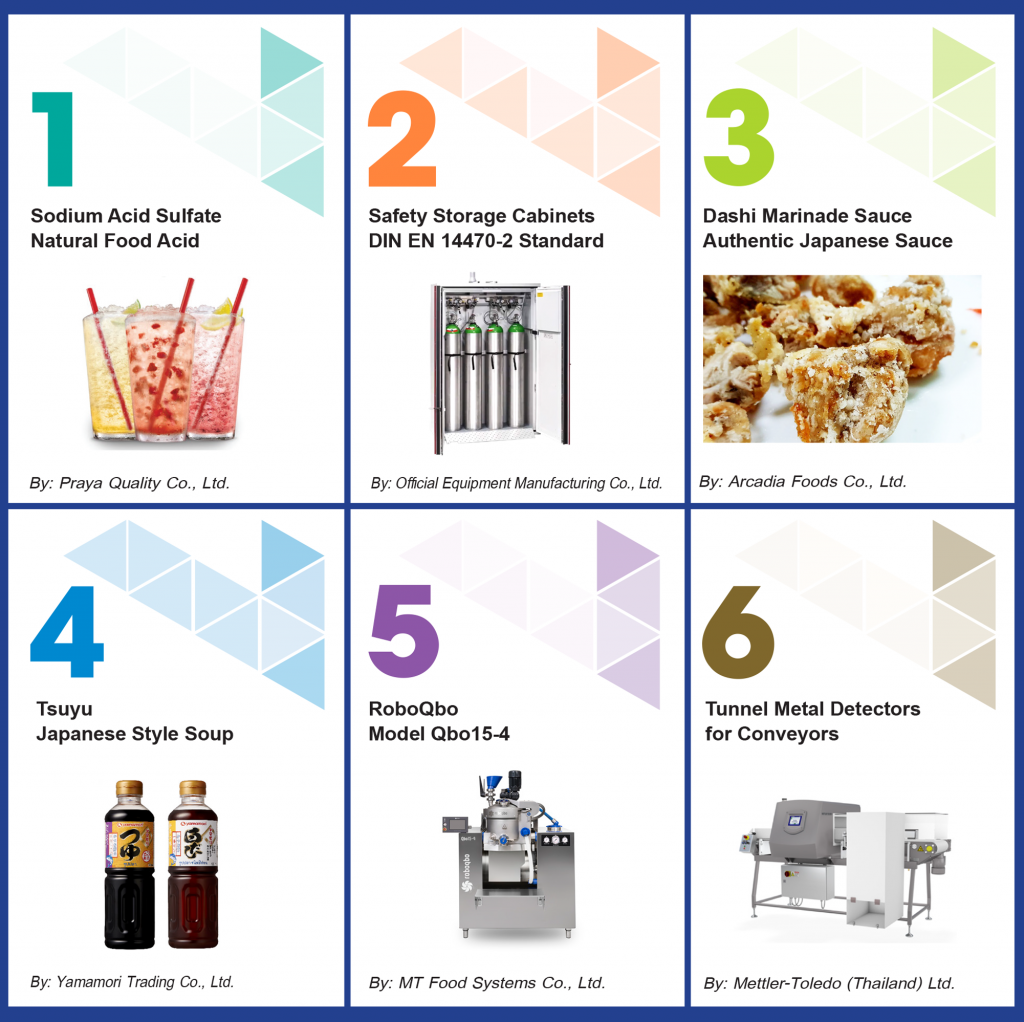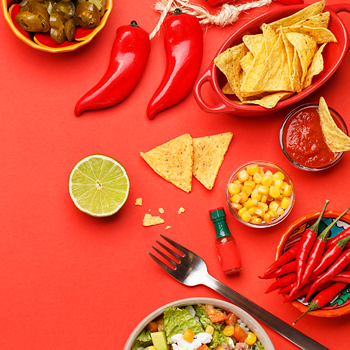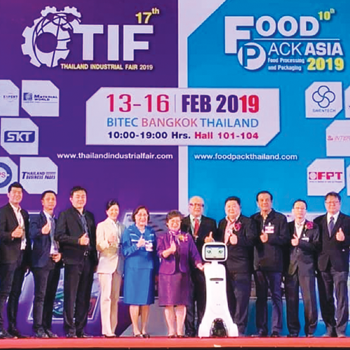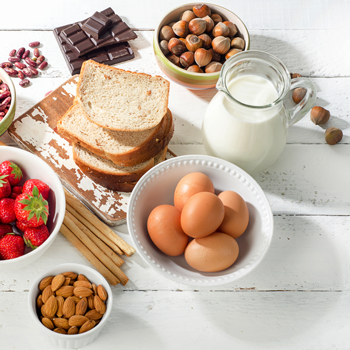การควบคุมคุณภาพอากาศในโรงงานผลิตอาหาร
By: Aaron Pleitner, Ph.D.
Principal Scientist
FSNS Innovation and Quality
Food Safety Center of Excellence
Translated and Compiled By: กองบรรณาธิการ
นิตยสาร ฟู้ด โฟกัส ไทยแลนด์
Editorial Team
Food Focus Thailand Magazine
editor@foodfocusthailand.com
เมื่อพิจารณาถึงเรื่องคุณภาพอากาศภายในโรงงานผลิต สิ่งหนึ่งที่ต้องพิจารณาเป็นอันดับแรกก็คือการประเมินด้านคุณภาพ โดยทั่วไปมี 2 แนวทางที่สามารถปฏิบัติได้ง่ายและได้รับความนิยมมากที่สุด นั่นก็คือ การตรวจประเมินโดยใช้ระบบการตกตะกอน และระบบการวัดและควบคุมฝุ่นละอองลอยในอากาศ
ระบบการตกตะกอนใช้สำหรับการตกตะกอนอนุภาคอากาศตามธรรมชาติในช่วงระยะเวลาหนึ่ง โดยวางจานเพาะเชื้อทั้งชนิดอาหารแข็งและอาหารเหลวที่ประกอบด้วยสารอาหารซึ่งเป็นประโยชน์ต่อการเจริญเติบโตของเชื้อจุลินทรีย์เป้าหมาย (เช่น ยีสต์ รา แบคทีเรีย) ไว้ในบริเวณภายในโรงงานผลิต ทั้งนี้ อนุภาคของอากาศจะตกลงบนจานอาหารเลี้ยงเชื้อเองตามธรรมชาติของแรงโน้มถ่วง
อีกระบบคือการวัดและควบคุมฝุ่นละอองลอยในอากาศซึ่งมีความแม่นยำในการตรวจประเมินคุณภาพอากาศได้ดีกว่าแบบแรก แต่จำเป็นต้องซื้อหรือเช่าอุปกรณ์เครื่องมือที่เฉพาะทาง โดยการทำงานของระบบดังกล่าวจะมีเครื่องมือการเก็บตัวอย่างซึ่งใช้แรงดันเจ็ทหรือแรงดูดในการเก็บตัวอย่างอากาศด้วยอัตราเร็วหนึ่งตามปริมาตรที่ต้องการ อากาศที่เก็บเข้ามานี้จะถูกส่งต่อไปยังจานเพาะเชื้อที่อยู่ภายในระบบ โดยวิธีการดังกล่าวจะช่วยให้ผู้ปฏิบัติงานสามารถเก็บตัวอย่างและกำหนดค่ามาตรฐานได้จากปริมาตรอากาศที่เก็บ ทั้งนี้ ขึ้นอยู่กับการตั้งค่าบนเครื่องมือ
When considering air quality at a production facility, one of the first steps to take is to assess what the quality is. The two most popular and easiest to perform are Sedimentation and Impactor systems.
Sedimentation applies to the natural downward settling of air particles over time. A petri dish containing agar and a medium consisting of nutrients beneficial to the target (i.e. yeast, mold, bacteria) is prepared and then placed at a location within the production facility. Due to natural gravitational forces, air particles will settle onto the petri dish.
The Impactor system method is more precise but requires the purchase or rental of specialized equipment. The Impactor system employs a mechanical sampler that uses a jet or vacuum to draw in air streams at a known rate and thus volume. The air that is mechanically collected is then directly applied onto a petri dish within the Impactor system. This allows for the operator to normalize across sampling events and standardize as to how much air volume is collected, based on the jet or vacuum setting.









